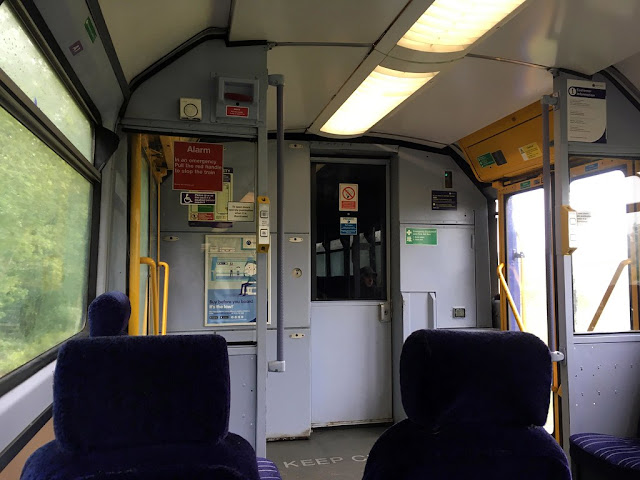 |
| D6103 at London Kings Cross [1] |
| Information | |
|---|---|
| Number built: | 58 |
| Built: | 1958-60 |
| Builder: | North British Locomotive Company |
| Motor: | NBL/MAN L12V18/21 diesel |
| Power: | 1, 000 hp (746 kW) / 1, 100 hp (820 kW) |
| Wheel arrangement: | Bo-Bo |
Ten pilot-scheme locomotives were built at first. Despite numerous problems with the engine and transmission which led to poor availability, a further forty eight were ordered. The locomotives were initially used on Great Eastern suburban services but later re-allocated to Scotland.
The first thirty-eight were rated for 1, 000 hp, the last twenty to be built uprated to 1, 100 hp [3], they also had a different multiple-unit coupling method (Blue Star while the earlier locomotives were Red Circle). In the mid-1960s twenty were re-engined with a more powerful Paxman unit to become the Class 29. The unreliability, coupled with design flaws which made repairs more difficult and expensive, led to the Class 21 being withdrawn from service in the late 1960s.
[1] "Railway notes", Meccano Magazine (April 1960) p. 176
[2] Brian Haresnape, Early Prototype & Pilot Scheme Diesel-Electrics (Ian Allan, 1981) p. 71
[3] Brian Haresnape, Production Diesel-Electrics Types 1-3 (Ian Allan, 1983) p. 52





























